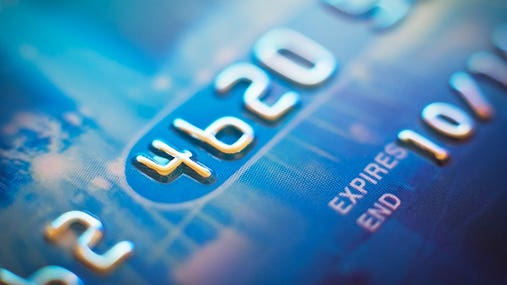Current credit card interest rates

The Bankrate promise
At Bankrate we strive to help you make smarter financial decisions. While we adhere to strict , this post may contain references to products from our partners. Here's an explanation for . The content on this page is accurate as of the posting date; however, some of the offers mentioned may have expired. Terms apply to the offers listed on this page. Any opinions, analyses, reviews or recommendations expressed in this article are those of the author’s alone, and have not been reviewed, approved or otherwise endorsed by any card issuer.
Current credit card interest rates
| 3-month trends | Variable |
|---|---|
| 4/24/2024 | 20.66% |
| 4/17/2024 | 20.71% |
| 4/10/2024 | 20.75% |
| 4/3/2024 | 20.75% |
| 3/27/2024 | 20.75% |
| 3/20/2024 | 20.75% |
| 3/13/2024 | 20.75% |
| 3/6/2024 | 20.75% |
| 2/28/2024 | 20.75% |
| 2/21/2024 | 20.75% |
| 2/14/2024 | 20.75% |
| 2/7/2024 | 20.75% |
| 1/31/2024 | 20.74% |
| 1/24/2024 | 20.74% |
What are the different types of credit card interest rates?
- Purchase APR: The interest rate on purchases, typically applied when your credit card balance isn’t paid in full each billing period.
- Balance Transfer APR: The interest rate you owe on balances transferred from loans or other credit cards to the applicable credit card. For most cards, you begin with a low rate (even 0 percent) for a specified number of months before transitioning to the regular APR.
- Introductory APR: This is an incentive offered by credit card companies to new applicants to give an especially-low rate for a certain time period once an account has been opened. This rate, often an introductory 0 percent APR, is consistently lower than the typical APR for each card.
- Cash Advance APR: This rate is applied when withdrawing money from an ATM or bank using your credit card.
- Penalty APR: If you miss a due date, a penalty APR could be applied. This rate is more extreme than typical APRs (can be as high as 29.99 percent) and will typically be lowered to the standard interest rate after six months of timely payments.
We have multiple resources to help you gain a better understanding of credit card interest rates. If you’re interested in learning more, we recommend reading the following:
- What is a credit card APR?
- How to get a lower credit card interest rate
- What does 0 percent APR mean?
- Fixed rate credit cards and why they’re becoming so hard to find
- Find the best low-interest credit card offers available
Other credit card options:
To view more research from the Bankrate team, visit our credit card statistics center.
Related Articles



Fed’s latest interest rate hike further burdens credit card debtors
